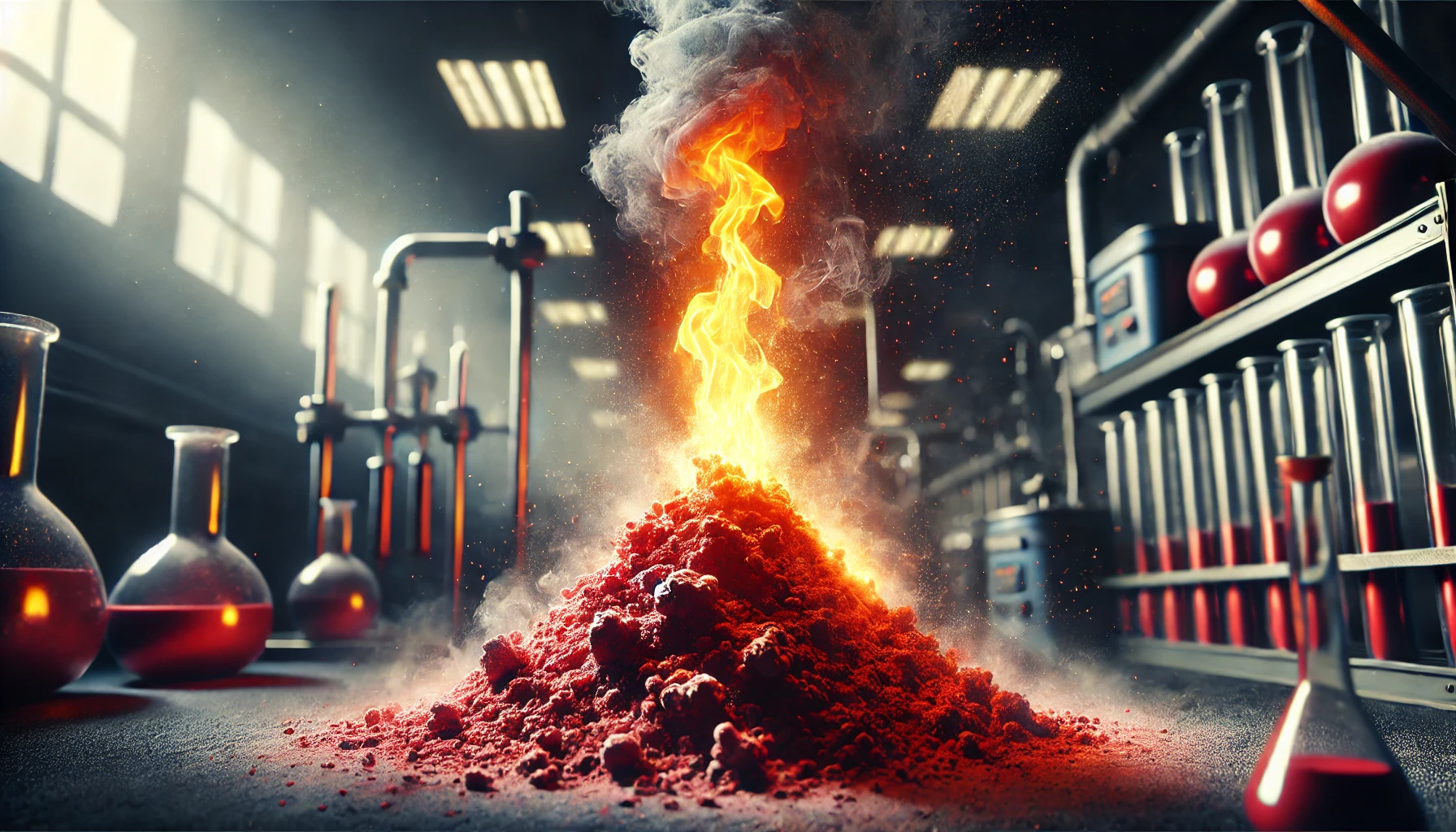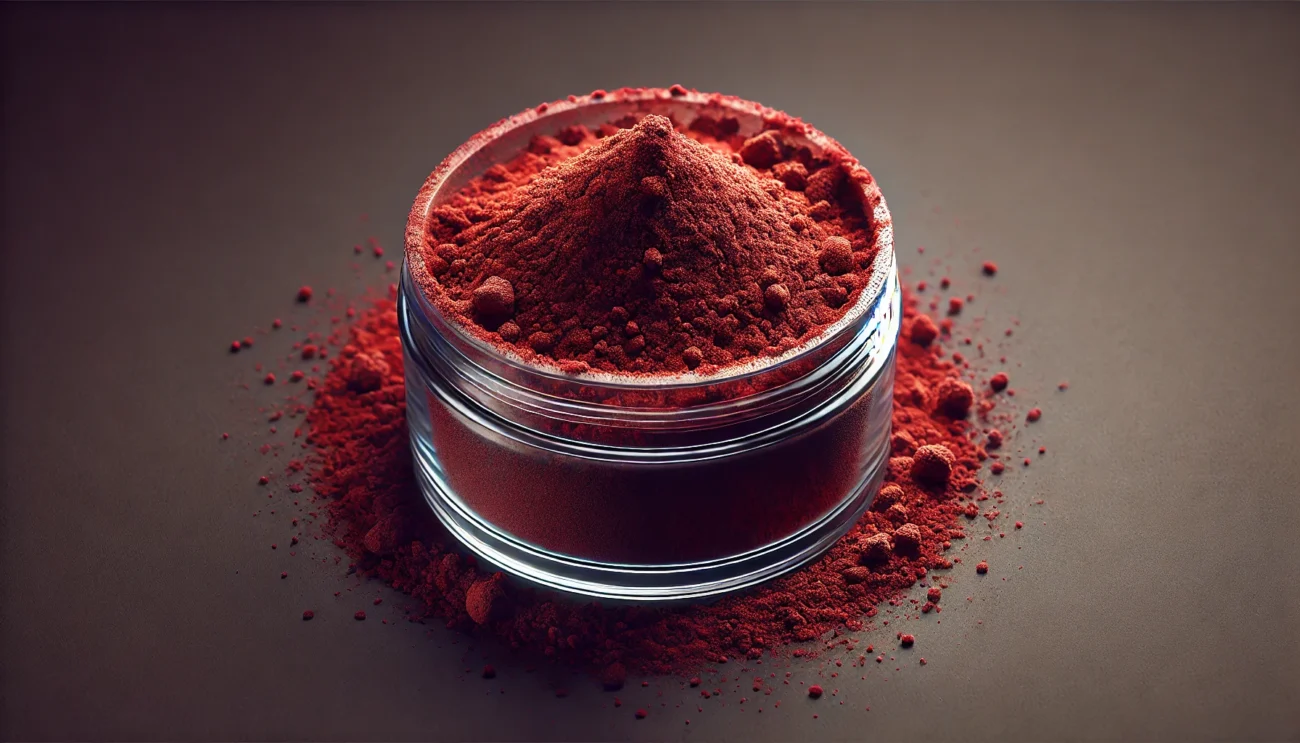News & Updates
The Chemistry Behind Red Phosphorus: Production, Structure, and Reactivity

Introduction
Red phosphorus is a fascinating element with unique chemical properties. Understanding its structure and production process helps us appreciate its widespread applications.
How Red Phosphorus is Produced
- Obtained by heating white phosphorus in an inert atmosphere at 250°C–300°C
- The structure transforms into a polymeric chain, eliminating its toxic and volatile nature
- The final product is purified and processed for industrial use
Chemical Structure and Stability
- Exists in a polymeric form with strong P-P bonds
- Non-volatile and does not ignite easily in air
- Insoluble in water, making it safer to handle
Reactivity and Chemical Behavior
- Reacts with oxygen at high temperatures to form phosphoric acids
- Combines with halogens and metals to create useful phosphorus compounds
- Used in chemical synthesis for various industrial applications
Major Uses in Chemistry and Industry
- Agriculture: Fertilizer production
- Battery Technology: Used in some lithium-ion battery components
- Pharmaceuticals: A key ingredient in drug synthesis
Conclusion
The unique chemistry of red phosphorus makes it a valuable material in scientific and industrial applications. Its stability and reactivity balance allow for safe and efficient usage in multiple fields.


